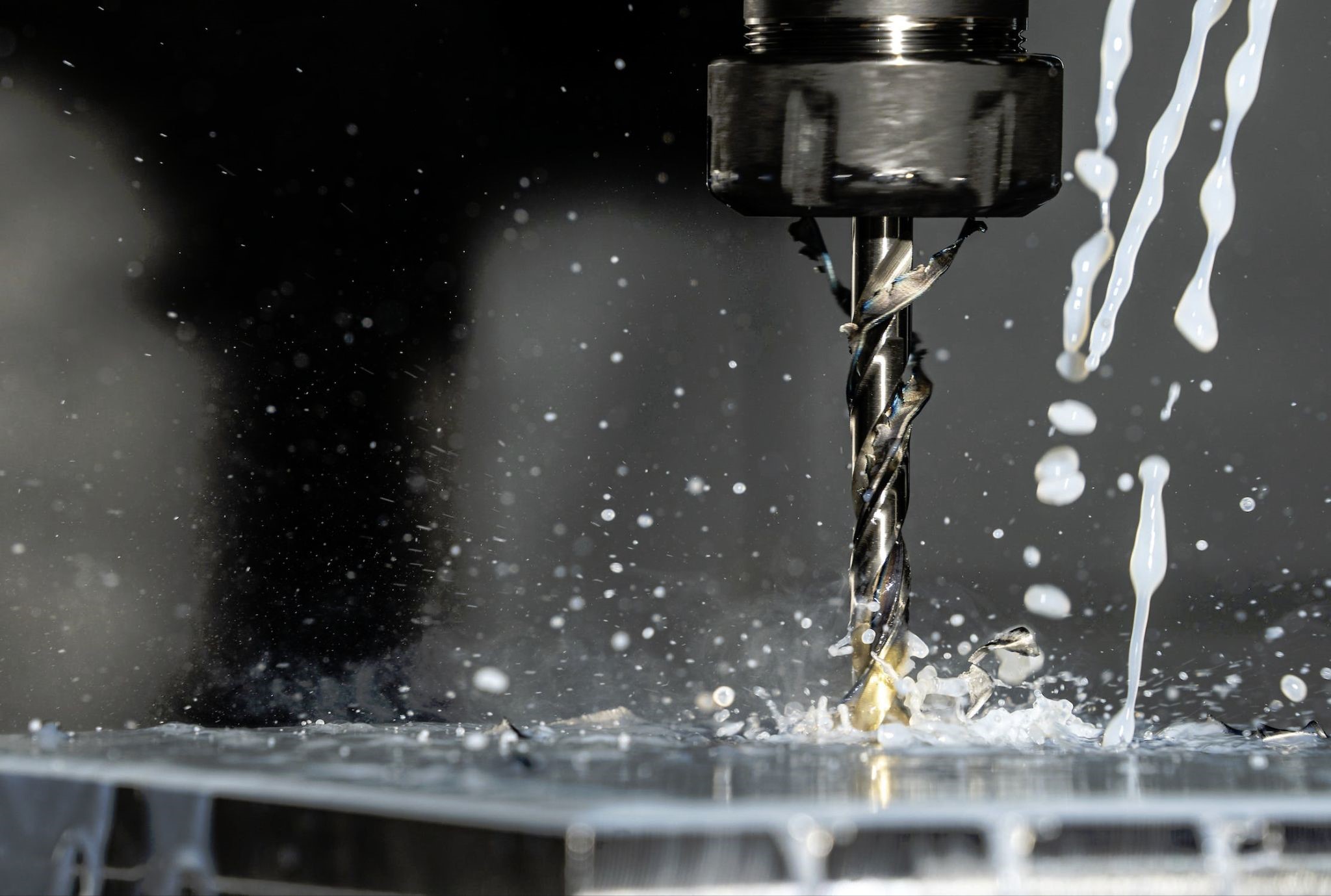There’s never a year in which the construction industry sits still, and the drive to adopt innovative technologies that modernize and optimize various building processes is always ongoing.
A prime example of this technological advancement is the emergence of Computer Numerical Control (CNC) milling robots. Traditionally associated with precision tasks within manufacturing, they are now revolutionizing the field of construction.
These systems utilize digital instructions to handle complex machining tasks with unprecedented accuracy and efficiency, making it possible to reform antiquated techniques dramatically.
Entrusted with a range of functions, from cutting and boring to drilling, these autonomous machines symbolize a new era where human error is minimized, productivity increased, and intricate designs made feasible for implementation in large scale projects.
Let’s talk in more detail about what changes are being brought about by this tech, and why construction firms who have yet to adopt CNC milling robots need to start paying serious attention.
Anatomy of a Robot: Understanding how CNC Machines Function in the Field
Firstly, it’s crucial that you understand what a CNC milling robot consists of and how they function before incorporating them into your project. By definition, these digital workhorses are composed of an assembly aligned with several axis movements, typically 3 to 5, each independently motorized for precise positioning.
Their operational process involves:
- Taking in digital blueprints or CAD models.
- Using incorporated programming software to calculate all necessary actions according to the aforementioned input design.
- Translating these instructions into physical movements by controlling each axis individually.
The art of choosing a CNC milling robot largely depends on understanding their abilities and aligning them with your project needs for accuracy and complexity. Factors like power specifications, number of axes, tolerance levels, machine size, and functionalities enabled should guide your choice.
Ensuring compatibility between nature of construction tasks and capabilities of your chosen CNC milling robots is also key to reaping ultimate benefits from this transformative technology in building projects.
A Robotic Revolution: The Impact of CNC Technology on Contemporary Building Projects
CNC milling robots are ushering in a new era for the construction industry. Here’s how they’re making a significant impact:
- Enhanced Precision and Consistency: CNC Milling robots follow exact instructions, ensuring high-quality output regardless of complexity involved. They can tirelessly replicate elements with identical precision, resulting in consistent construction quality.
- Increased Productivity: By automating manual tasks, projects can be completed faster without sacrificing accuracy or quality.
- Cost Reduction: The efficient nature of these machines reduces labor costs as well as potentially ruinous human errors while accelerating project turnaround times.
Their infusion into contemporary building practices essentially shifts how we conceptualize and execute construction work. By embracing automation technology like CNC milling robots, we face a future where construction is increasingly reliable and sustainable.
Building the Future: Real-world Applications and Advantages of Using CNC Milling Robots
When it comes to actual construction endeavors, CNC milling robots are proving their worth in more ways than one. Here are some real-world applications and benefits:
- Customized Building Components: These robots can craft unique structural elements with ease due to their superior precision control, opening doors for custom-made designs.
- Rapid Prototyping: The speed and accuracy of CNC machines make them perfect for creating prototypes quickly, reducing time-to-market in construction projects.
- Waste Reduction: Their high precision results in lower amounts of waste produced during the crafting process which is beneficial from both economic as well as environmental perspectives.
Investing in such advancements allows us not only to reap immediate fruition but also builds a path towards a future where we achieve greater sustainability and productivity within every project.
Challenges and Triumphs: Pushing Boundaries with Robotics in Construction
Incorporating robotics into construction isn’t without its challenges, despite the numerous advantages. A couple of these hurdles include:
- High Initial Costs: While long-term savings are significant, upfront investment can be substantial. This is being reduced as the tech improves, and more construction firms splash out on it, lowering the barrier to entry from a financial perspective.
- Skill Requirements: There is a necessary skill level required to operate and maintain these complex machines. It takes time to reap the benefits of automation, and expertise on the human side of the equation can’t be ignored here.
Despite these challenges, many companies are beginning to successfully integrate CNC milling robots into their workflow. This has enabled them to accomplish projects ahead of schedule, under budget and often exceeding quality standards.
Final Thoughts
In spite of their futuristic nature, CNC milling robots are here today, and will continue to shake up construction projects and other industry workflows for the foreseeable future. It’s just up to you to jump onboard with this exciting development.

